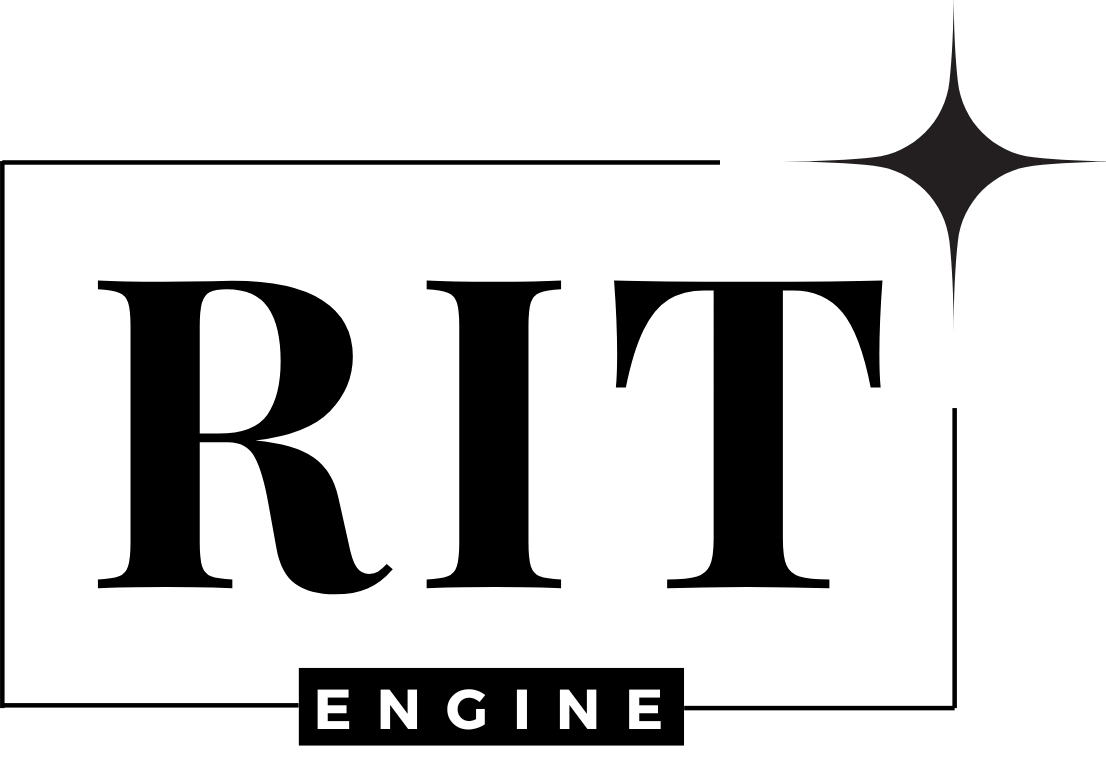Vacuum Casting Services
- Rapid quoting within 48 hours
- Durable parts with production-level quality
- Low-cost and quick turnaround for high-quality plastic parts
Vacuum Casting Process
Vacuum casting is a technique for producing end-use, rigid, flexible, and rubber parts with production-level quality. This process uses a 3D printed master pattern and silicone moulds to produce high-quality, short-run parts up to 760 mm long. The finished dimensions of vacuum cast parts depend on the accuracy of the master model, part geometry, and casting material. In general, you can expect a shrinkage rate of + 0.15%.
Vacuum cast parts are frequently used when colour, surface quality, and toughness are required. Vacuum casting is a perfect alternative for insert moulding in low volumes and is compatible with a wide range of materials. Polyurethane casting can also be used for bridge tooling between a 3D printed rapid prototype and injection moulding to effectively balance quality, cost, and time. Vacuum cast parts can also be clear, colour-matched, painted, have installed inserts, and even custom finished.
Vacuum Casting Materials Selection
Rigid Plastics
- 8550, PP-like
- ABS (PU8150)
- ABS (PU8260)
- ABS (PU8263)
- ABS (PX100)
- ABS (PX1180)
- ABS (PX215)
- ABS (UP4280)
- PC (PU8098)
- PC (PX510)
- PC (UP6160)
- PC-ABS (PX223HT)
- PMMA / Acrylic (PX5210HT)
- PMMA / Acrylic (UPX5210)
- PMMA / Acrylic (X522HT)
- PU8570, PP-like
- UP5690, PP-like
Rubber-Like Plastics
- Rubber (PU8400)
- Rubber (T0387)
Vaccum Casting Post-Processing Options
As Cast
This is the finish option with the fastest turnaround.
Custom
RIT can provide additional processing, including custom textures, secondary finishes, painting, and more.
Why IFIA RIT Is the Right Partner for Your Vacuum Casting Projects
Lead Times
Depending on the complexity of the part design and the required surface quality of your prototype, vacuum casting can take 15-25 days.
Manufacturing Volume
Vacuum casting is best suited to low-volume prototyping of up to 20 units made from a single mould. For more units, additional moulds will be required and your project costs will go up.
Certifications
We offer ISO 9001, AS9100, ISO 13485, UL, and ISO 7 and 8 Medical Clean Room options.
Material Selection
Choose from more than 15 plastic materials for casting projects.
Precision
IFIA RIT offers high precision tolerances ranging from ±0.2 mm to ±4 mm, depending on customer specs and the size of the parts. The tolerances are regulated by ISO 2768-1.
Skilled Engineering Team
Our experienced team of casting engineers will guide you through every step of the process.
Vacuum Casting Tolerances

Vacuum Casting Fundamentals
What is vacuum casting?
How does vacuum casting work?
Vacuum casting is similar to injection moulding in that it requires a tool with a cavity in the shape of the final part. The major difference is that vacuum casting uses a “soft” mould made of silicone whereas injection moulding uses a “hard” metal mould that has been CNC machined.
This soft mould wears out more quickly, which is the main drawback of vacuum casting. However, the process is significantly cheaper for low-volume and prototype plastic parts that require production-level quality and surface finishes.
The vacuum casting process has 3 major steps:
- The Master Pattern: Step one involves creating a master pattern of the final part using an additive manufacturing process. The most commonly used printing processes are Polyjet 3D or stereolithography (SLA) 3D due to their ability to produce parts with high resolutions and naturally smooth finishes. The master pattern is typically hand-finished to achieve optimal surface detail before the mould tool is created.
- Moulding: In step two, the 3D printed master pattern is encased in liquid silicone that cures around the pattern, with the silicone encapsulating all the features of the printed parts. When the mould cures, it is cut into distinct halves and the master pattern or 3D printed part is removed. This leaves an internal cavity exactly shaped like the part.
- Pouring: In the final step of the vacuum casting process, silicone is poured into the silicone mould, and the mould is then placed in a chamber to help remove air bubbles in the liquid material. For opaque parts, the chamber is typically pressurised. For clear parts, the chamber typically pulls a vacuum to mitigate any bubbles and increase clarity. Once cured, the silicone halves are separated and the newly formed part is removed. This process is repeated until the desired quantity is achieved.
Why would you choose vacuum casting over 3D Printing?
Why would you choose vacuum casting over injection moulding?
The deciding factor between vacuum casting and injection moulding is quantity. Vacuum casting is an excellent option for very low quantities (e.g., 50 pieces) of production-grade parts. Compared with vacuum casting, injection moulding will have higher upfront tooling costs that may not be justified by a low-quantity run. Our customers often use vacuum casting as a stepping stone to test and refine their design before they invest in an injection moulding tool.

